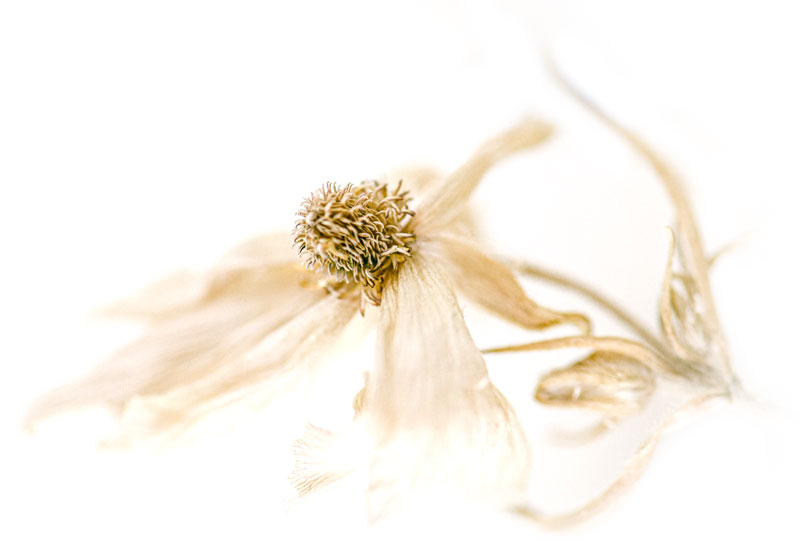
www.nature.com/scientificreports
Maria Olga Kokornaczyk, Sandra Würtenberger & Stephan Baumgartner
The aim of the present study was to investigate whether patterns obtained from evaporating droplets of pharmaceutical preparations reveal the impact of succussion on these drugs.
Recently, methods based on droplet evaporation find application in various fields of science and technology, as for instance in medical diagnosis. It is based on the idea that in the case of some disease’s patterns formed in desiccated droplets of some specific corporal fluids (e.g. blood, serum, tears, sweat) would differ depending on whether the fluid was taken from a diseased or healthy donor since the disease would specifically modify the composition of the fluid.
They have chosen to investigate the impact of shaking on pharmaceutical products according to the guidelines for homeopathic preparations, since the application of succussion is a mandatory procedure according to the European Pharmacopoeia.
They investigated five different pharmaceutical preparations of vegetal and one animal origin, prepared in three different variants each: succussed by the application of 100 or 10 strokes (succussed samples), or without succussion (only gently mixed control sample).
Despite the fact that the human eye is the most precise tool for form recognition, the visual evaluation of patterns may be subjective. In previous studies they introduced the computerized measurement of several evaluation parameters characterizing the images.
When analyzed by means of droplet evaporation method (DEM), the five investigated pharmaceutical preparations created visually recognizable and easily identifiable patterns.
The corresponding experimental procedure consists in the evaporation of droplets of the diluted pharmaceutical preparations under controlled conditions, the consecutive inspection of patterns formed in droplet residues under an optical microscope with dark-field, and computerized image evaluation.
The patterns were assessed using computerized image analysis. For all investigated pharmaceutical preparations, significant differences were found between the succussed and gently mixed samples.
The results of the present study show that in all five analyzed pharmaceutical preparations the succussion strokes applied during production significantly influenced the DEM patterns.
This experimental protocol might constitute a fairly economic and quick tool to investigate the impact of agitation on solutions, which has great importance for fabrication and distribution of pharmaceutical preparations in general.
Fig. 1:
Examples of patterns formed in evaporating droplets of liquid pharmaceutical preparations:
The droplet residues dried on a glass substrate were photographed by means of dark-field microscopy in magnification 100×. In rows patterns obtained from Echinacea 10−2, Baptisia 10−3, Baptisia10−4, Luffa10−4, and Spongia 10−6 are represented, whereas in columns varies the preparation manner consisting of the performance of vertical succussion strokes (NS = 100, 10, or 0). Pattern examples derive from main experiments (cf. Fig. 2) and were selected based on an image-analysis parameter value (grey-level distribution (GLD), lacunarity (LAC), and local connected fractal dimension (LCFD)), which is close to the mean value of the corresponding parameter. Different letter codes (a, b, c) are significantly different (p < 0.05).

Dorly de Freitas Buchi











